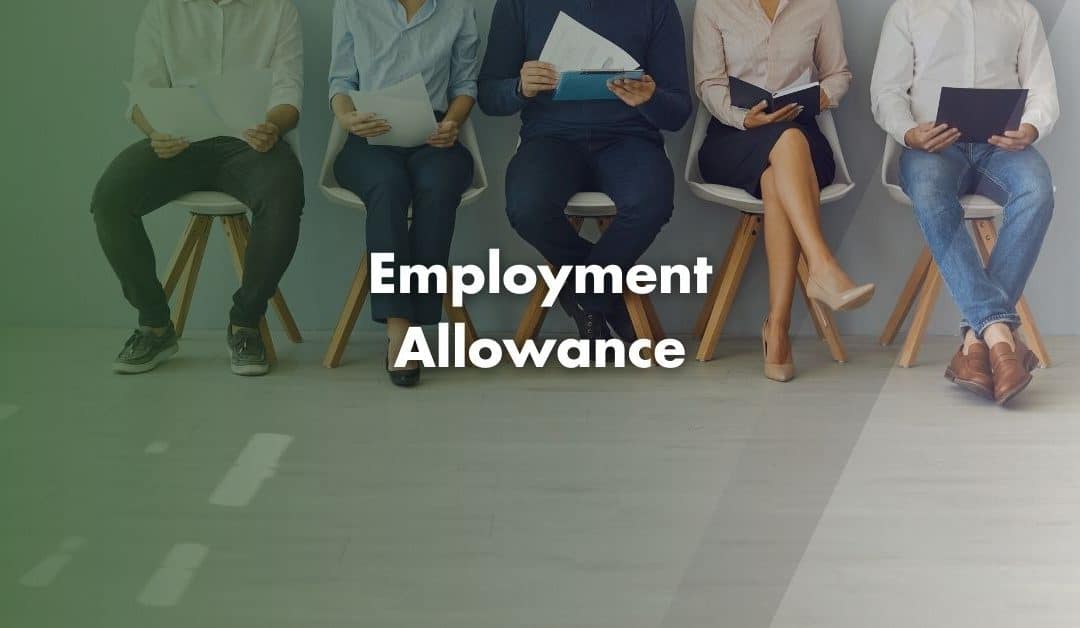The Employment Allowance allows eligible businesses and charities to reduce their Employers’ National Insurance bill. From April 2025, the allowance will increase to £10,500 per tax year. This applies only to the employer’s share of Class 1 National Insurance Contributions and does not affect the employee’s contributions, which employers should continue to deduct from their wages.
Once a claim is made, the allowance applies automatically each time you process your payroll. Your National Insurance liability reduces until you use the full allowance or until the tax year ends, whichever comes first. You can still claim the full benefit even if your bill is less than £10,500.
Changes for the 2025/26 Tax Year
The Autumn Budget 2024 introduced several changes effective from April 2025:
- The Employment Allowance will increase from £5,000 to £10,500 per year
- HMRC is removing the previous eligibility cap of £100,000 in Class 1 National Insurance liabilities
- The Employers’ National Insurance rate will increase from 13.8% to 15%
- The National Insurance Contributions threshold will drop from £9,100 to £5,000
While the higher allowance is good news, the rise in National Insurance rates and the lower threshold mean that savings might vary. Still, many small to medium-sized businesses will benefit.
Who Can Claim Employment Allowance?
You can claim Employment Allowance if:
- You are registered as an employer
- You operate a business or charity (including community amateur sports clubs)
- You employ at least 1 staff member or have 2 or more directors earning above the £5,000 Secondary Threshold
- You do less than 50% of your work in the public sector (unless you are a charity)
- You employ a care or support worker
Who Cannot Claim Employment Allowance?
You cannot claim Employment Allowance if:
- You are the sole director and the only employee of your company
- You have multiple directors but only 1 earns above the £5,000 Secondary Threshold
- Your employees fall under IR35 off-payroll working rules
- You employ someone for domestic work, like a nanny or gardener, unless they are a care or support worker
- You are a public body or do more than 50% of your in the public sector (unless you are a charity)
- You are part of a group and another group company is already claiming the allowance
How to Claim Employment Allowance
You can make a claim through your payroll software or HMRC’s Basic PAYE Tools.
- Open your payroll system
- Locate the “Employment Allowance indicator” in your Employer Payment Summary (EPS)
- Select “Yes” to confirm you are claiming
- Submit the Employer Payment Summary to HMRC
You can begin using the allowance immediately. HMRC will only contract you if they reject your claim, usually within 5 working days.
Claiming for Previous Tax Years
You can claim Employment Allowance for the previous 4 tax years if you were eligible during those years. To do this:
- Submit a separate Employer Payment Summary for each year
- Confirm eligibility for the specific tax year
- HMRC will either offset the allowance against tax owned or issue a refund
When and How to Stop a Claim
If you become ineligible during the tax year, update your next Employer Payment Summary and select “No” in the Employment Allowance indicator field. Do not stop your claim simply because:
- You have used the full £10,500 allowance
- You stopped employing staff mid-year
The claim will end automatically at the end of the tax year. Cancelling early may result in losing the allowance for that year.
Contact Us
We are not just accountants; we are Chartered Accountants with one of the most reputable and premium accounting bodies. We are registered and regulated by ACCA; so you can rest assured that you are in good hands. Knowing this, don’t hesitate to get in touch with us if you require assistance: Pi Accountancy | Contact Us
This article is for general informational purposes only and does not constitute legal or financial advice. While we aim to keep our content up to date and accurate, UK tax laws and regulations are subject to change. Please speak to an accountant or tax professional for advice tailored to your individual circumstances. Pi Accountancy accepts no responsibility for any issues arising from reliance on the information provided.

